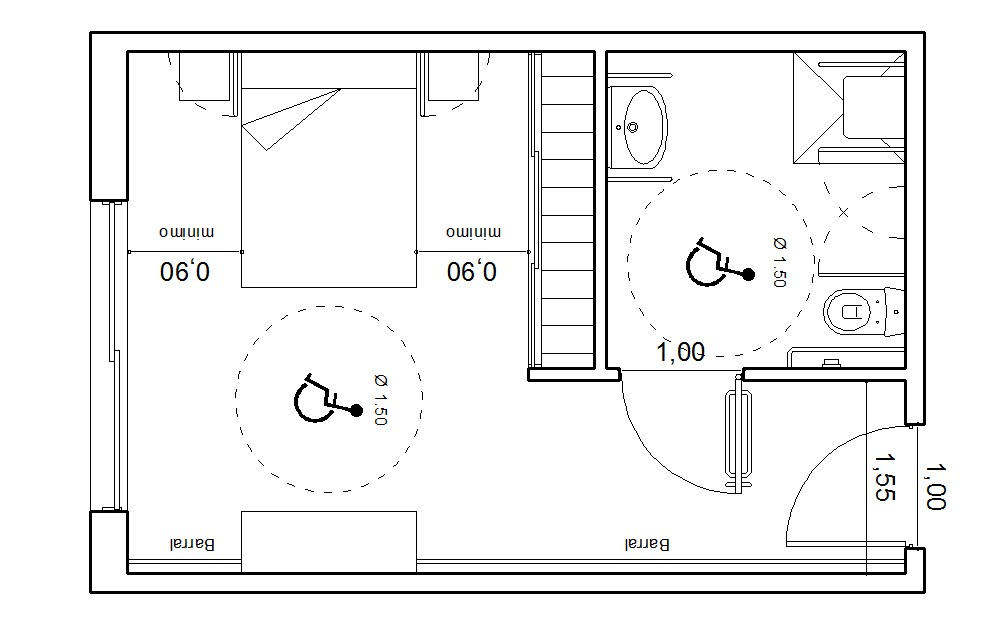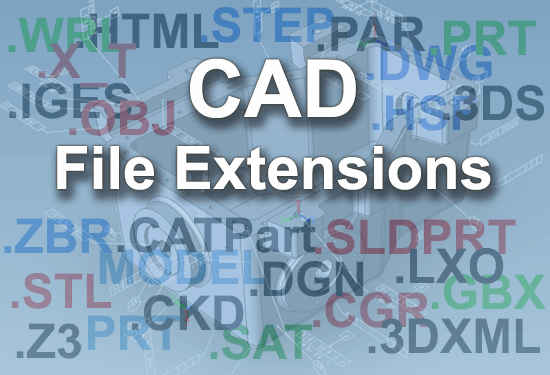

DWG files usually include information about the image coordinates and any metadata associated with it.

Since DWG is a binary file format, it is not human-readable like the plain ASCII DXF file format. File StructureĭWG has been one of the widely used file format by a range of applications and has a robust file structure. The purpose of this was to help Autodesk software users ensures that these files were created by an Autodesk or RealDWG application, which should definitely help in reducing the risk of incompatibilities. This file is a Trusted DWG last saved by an Autodesk application or Autodesk licensed application” into the DWG files. A brief overview of the past events from history perspective is as follow.ġ982: Autodesk licensed the DWG file format, which was developed by Mike Riddle in 1970, as the basis for AutoCAD.ġ998: With the release of AutoCAD R14.01, Autodesk added file verification through a function called DWGCHECK that embedded a an encrypted checksum and product code, called as WaterMark by Autodesk, into DWG files created by the program.Ģ006: Autodesk modified AutoCAD 2007, to include “TrustedDWG technology” to embed text string “Autodesk DWG. Brief HistoryĭWG file format has evolved with the time since its formal introduction in 1982. This format is widely used by architects, engineers, and designers for various designing purposes. DWG files contain user created information and includes: There are other third party applications as well that support reaching DWG files.


There are free viewers available for viewing DWG files on Windows Operating System such as the Autodesk’s free DWG TrueView. It contains vector image and metadata for representation of contents of CAD files. Like DXF, which are ASCII files, DWG represent the binary file format for CAD (Computer Aided Design) drawings. Files with DWG extension represent proprietary binary files used for containing 2D and 3D design data.


 0 kommentar(er)
0 kommentar(er)
